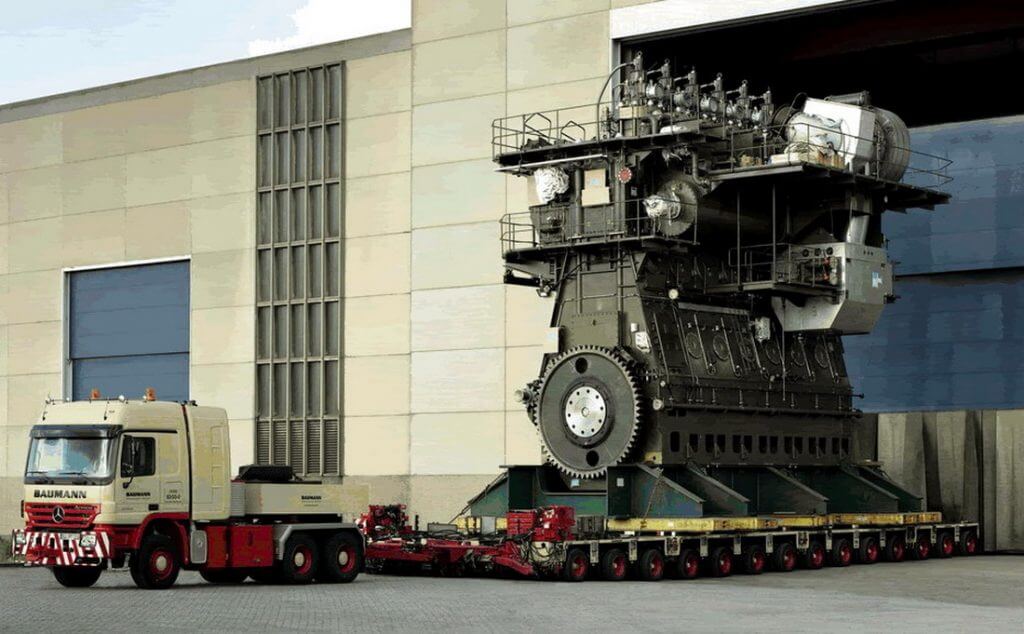For those who know engine…engineering:
When it comes to cylinders and displacement, why are gas engines somewhat capped on cylinder size? For example it seems like the biggest I4 gas engine in a car is the Toyota 2.7L. What’s to stop a 3.7L I4? I figure more cylinders equates to a smoother running engine, but would there be ANY benefit to high displacement 4 cylinder as opposed to a smaller displacement V6? Does cylinder size reach a critical threshold at a certain ratio compared to overall displacement to where you get to being well past the point of any diminishing returns?
I ask this more from a marine perspective even though I’m asking about car engines. There is an outboard brand rated at 200hp that is nearly 2.9L, and another at 200hp that is a 3.4L V6. Both get rave reviews, and the I4 produces a lot of low end torque (and the V6 is all you would expect from a V6). It just got me thinking so I thought I would ping the engineers out there in BITOG world.
When it comes to cylinders and displacement, why are gas engines somewhat capped on cylinder size? For example it seems like the biggest I4 gas engine in a car is the Toyota 2.7L. What’s to stop a 3.7L I4? I figure more cylinders equates to a smoother running engine, but would there be ANY benefit to high displacement 4 cylinder as opposed to a smaller displacement V6? Does cylinder size reach a critical threshold at a certain ratio compared to overall displacement to where you get to being well past the point of any diminishing returns?
I ask this more from a marine perspective even though I’m asking about car engines. There is an outboard brand rated at 200hp that is nearly 2.9L, and another at 200hp that is a 3.4L V6. Both get rave reviews, and the I4 produces a lot of low end torque (and the V6 is all you would expect from a V6). It just got me thinking so I thought I would ping the engineers out there in BITOG world.









